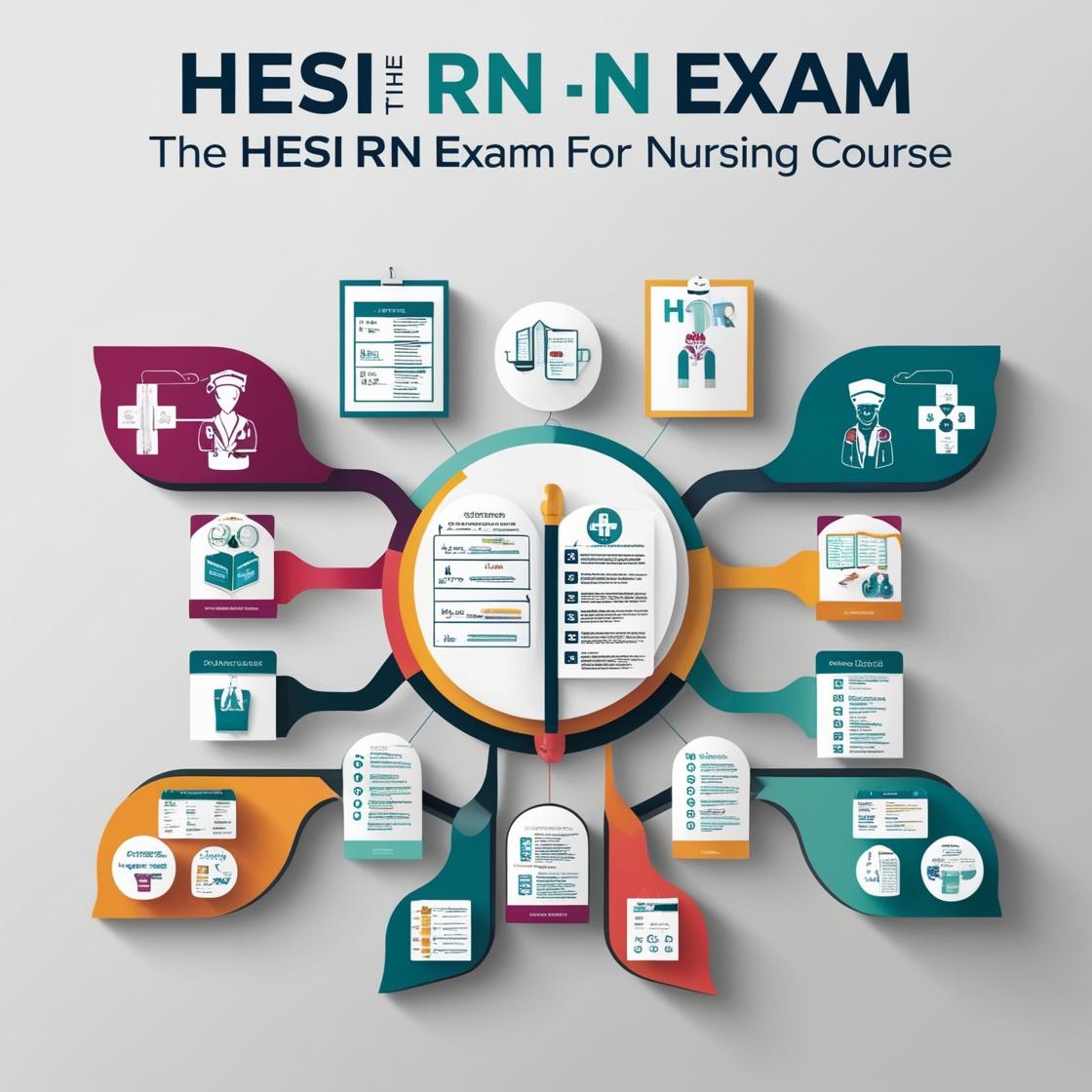HESI RN
HESI RN Exit Exam 2024 Capstone
1. A client receiving full-strength continuous enteral tube feeding develops diarrhea. What intervention should the nurse take?
- A. Stop the feeding and provide IV fluids.
- B. Dilute the feeding to half strength and continue at the same rate.
- C. Reduce the feeding rate and monitor for improvement.
- D. Add fiber to the client's diet to resolve diarrhea.
Correct answer: B
Rationale: When a client develops diarrhea from continuous enteral tube feeding, diluting the feeding to half strength and continuing at the same rate is the appropriate intervention. This helps reduce the strength of the feeding, minimizing gastrointestinal upset while still providing necessary nutrition. Stopping the feeding abruptly (Choice A) may lead to nutritional deficits. Simply reducing the feeding rate (Choice C) may not effectively address the issue of diarrhea. Adding fiber (Choice D) could potentially worsen the diarrhea in this scenario instead of resolving it.
2. A client who recently had a hip replacement has a strong odor from the urine and bloody drainage on the surgical dressing. What should the nurse do first?
- A. Obtain a urine sample from the bedpan.
- B. Insert an indwelling urinary catheter.
- C. Measure the client's oral temperature.
- D. Remove dressing and assess surgical site.
Correct answer: C
Rationale: The correct answer is to measure the client's oral temperature. In this scenario, the strong odor from urine and bloody drainage on the surgical dressing are concerning signs that suggest a possible infection. Fever is a common sign of infection, so measuring the client's temperature will help confirm if an infection is present. Obtaining a urine sample, inserting an indwelling urinary catheter, or removing the dressing and assessing the surgical site are not the first priority actions when infection is suspected. These actions may be necessary later but assessing the client's temperature is the initial step to evaluate for infection.
3. During a neurologic assessment of a client with a suspected stroke, which finding is most concerning?
- A. Unilateral facial droop
- B. Slurred speech
- C. Weakness in one arm
- D. Sudden loss of consciousness
Correct answer: D
Rationale: Sudden loss of consciousness in a client with a suspected stroke is the most concerning finding as it indicates a more severe neurological event, such as brain stem involvement or hemorrhage, requiring immediate intervention. While unilateral facial droop, slurred speech, and weakness in one arm are all common signs of a stroke, sudden loss of consciousness signifies a critical condition that needs urgent attention and evaluation to prevent further complications.
4. A client presents with a suspected infection and has a fever of 102°F. What is the nurse's immediate priority?
- A. Administer antipyretics as ordered
- B. Take a blood culture before administering antibiotics
- C. Encourage fluid intake to prevent dehydration
- D. Monitor vital signs every hour
Correct answer: B
Rationale: The immediate priority for a client with a suspected infection and fever is to take a blood culture before administering antibiotics. This step is crucial to identify the causative organism and ensure appropriate treatment. Administering antipyretics or encouraging fluid intake are important but should come after obtaining the blood culture to avoid interfering with test results. Monitoring vital signs, although essential, is not the immediate priority compared to identifying the infectious agent.
5. The nurse is managing the care of a client with Cushing's syndrome. Which interventions should the nurse delegate to the UAP?
- A. Report any client complaint of pain or discomfort
- B. Weigh the client and report any weight gain
- C. Note and report the client's food and liquid intake during meals and snacks
- D. All of the above
Correct answer: D
Rationale: The UAP can be tasked with reporting complaints, monitoring weight gain, and tracking food and fluid intake, all of which are important in managing a client with Cushing's syndrome. These tasks fall within the UAP's scope of practice. Reporting client complaints helps in early identification of complications, monitoring weight is crucial due to fluid retention in Cushing's syndrome, and tracking food and fluid intake assists in dietary management. Choices A, B, and C are all necessary components of care for a client with Cushing's syndrome, making option D the correct answer.
Similar Questions

Access More Features
HESI RN Basic
$69.99/ 30 days
- 50,000 Questions with answers
- All HESI courses Coverage
- 30 days access @ $69.99
HESI RN Premium
$149.99/ 90 days
- 50,000 Questions with answers
- All HESI courses Coverage
- 30 days access @ $149.99
